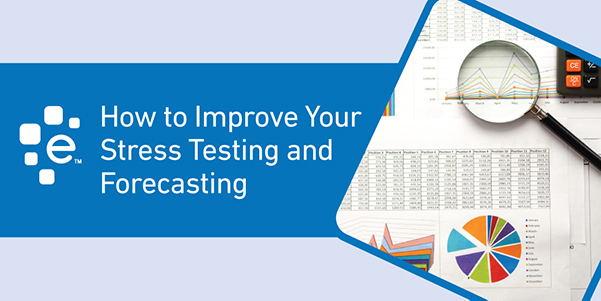
I have been on the road meeting with clients at advisory events, forums, and industry thought leadership conferences, and what I continue to hear is a concern about the upcoming recession. The drivers of the next recession are up for debate but the consensus is that it is inevitable. The U.S. Economy is complex and the signals are mixed as to where the greatest impact will be felt. Protecting your business, whether consumer or commercial focused, is dependent on the stability and strength of your lending criteria and customer engagement practices. You want to protect your customers as well as your business in the case of a market stumble.
You are laser-focused on making the best possible decision when reviewing credit applications and setting loan terms, however, financial situations change over time for both individuals and companies. This is especially true when a recession hits and unemployment begins to rise, consumers stop spending, and commercial delinquencies begin to rise. When these macroeconomic changes occur, the credit you have extended to your portfolio might be at under market stresses and at a stronger risk of nonpayment, and this can affect your business’s health and sustainability.
By stress testing your portfolio, you can determine what may happen, when stresses are exerted, by a receding economy, on your portfolio. You can use credit information, macroeconomic data, and alternative data to build models that forecast what is likely to happen in the future and how stresses, will affect the ability for people or businesses to pay their bills. While larger regulated companies may be required to perform forecasting and stress testing, lenders of all size can benefit from the process.
Gathering the Right Data for Accurate Stress Testing
![]()
The accuracy of your stress test depends on the type and quality of data used for forecasting. Recessions are cyclical and likely to re-occur every few years, it is recommended that companies use historical data from the 2008 recession for analysis and to make accurate predictions. Young businesses may not have complete historical data going back to the 2008 recessionary time period. A partner like Experian can create look-alike business samples, from the vast holistic data, to simulate the likely impact of macroeconomic scenarios.
For example, a financial services firm has been providing small business loans between $50,000 and $100,000 for the past three years and wants to predict future losses. To gather the data for loss forecasting, you need to create a business and product profile identifying loans or businesses with similar characteristics, to stress and forecast performance. These profiles are used to build a look-alike sample of businesses and loan products that look and perform like your current portfolio and will add the sample size and retro time periods needed to create a statistically viable analysis sample.
Selecting a Forecasting Strategy
![]()
Once you have the historic credit, macroeconomic, and alternative data on your portfolio or look-alike retro sample for modeling, you need to stress test the data. Most stress test analyses start with a vintage based analysis. This type of analysis looks at the performance of a portfolio across different time periods (Example: March 2007, March 2008, March 2009, etc..) to evaluate the change in performance and the level of impact environmental stresses have on the portfolio’s performance. Once you have this high-level performance, you can extrapolate into the future performance of the portfolio and set capitalization strategies and lending policies.
Identifying Loss Forecasting Outcomes
![]()
Regulators and investors want to know the business is solvent and healthy. Loss forecasting demonstrates that your company is thoughtful in its business processes and planning for future stresses. For regional lenders that are not regulated as closely as large national or global lenders, forecasting shows investors that they are following the same rules as larger regulated lenders, which strengthens investor confidence. It also demonstrates effective management of capital adequacy and puts you on a level playing field with larger lenders. Companies with limited data can start with credit data for look-alike sample development and add historical data and alternative type data as they grow for a holistic portfolio view.
Setting up Governance
![]()
Business policies and macroeconomic stresses change over time, it’s essential to set up a governance schedule to review forecasting processes and documentation. Your stress testing and forecasting will not be accurate if you design it once and do not update it. Most companies use an annual schedule, but others review more frequency because of specific circumstances.
Effectively Documenting Loss Forecasting
![]()
The key element of loss forecasting is effectively documenting both sample and strategy taken in the evaluation of your portfolio. A scenario you might face is when a regulator looks at the analysis performed and you have selected sample data at the business level instead of the loan level, documentation should capture the explanation of why you made the decision and the understood impacts of that decision. While the goal is to have complete data, many companies do not have access to high-quality data. Instead of foregoing loss forecasting, the use of documentation to note the gaps and build a road-map for the data can be of great value.
Here are additional key points to include in the documentation:
• Data sources
• Product names
• Credit policies
• Analysis strategy
• Result summary
• Road-map and governance schedule
By creating a stress-test analysis strategy for forecasting loss, your company can make sure its portfolio and financial status remain as healthy tomorrow as they are today while maintaining transparency and investor confidence. The next recession is out there, this is a great time to strengthen processes for future successes.
